Tars blog
Discover blogs about AI you'll genuinely enjoy reading.
Top stories
Chosen by 800+ global brands across industries
Latest stories
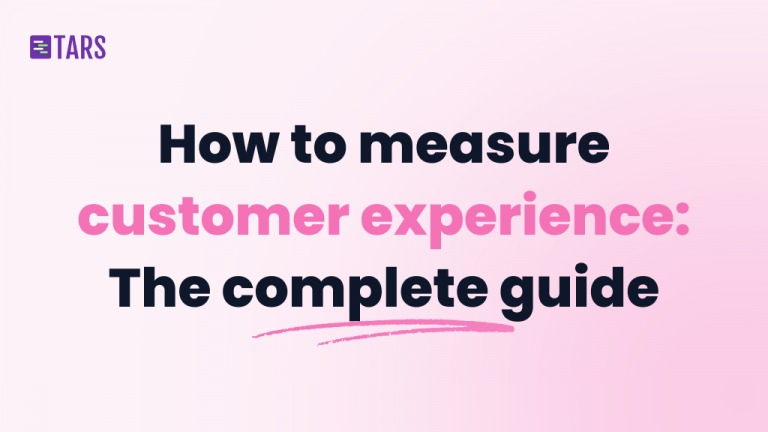
How to measure customer experience: The complete guide for AI-powered support and growth
Customer experience isn’t just a buzzword—it’s what separates businesses that grow from those that struggle. Research shows that 75% of consumers will spend more with companies that treat them well. But here’s the problem: most organizations have no idea how to measure customer experience properly. It gets messier when you realize that large companies often […]
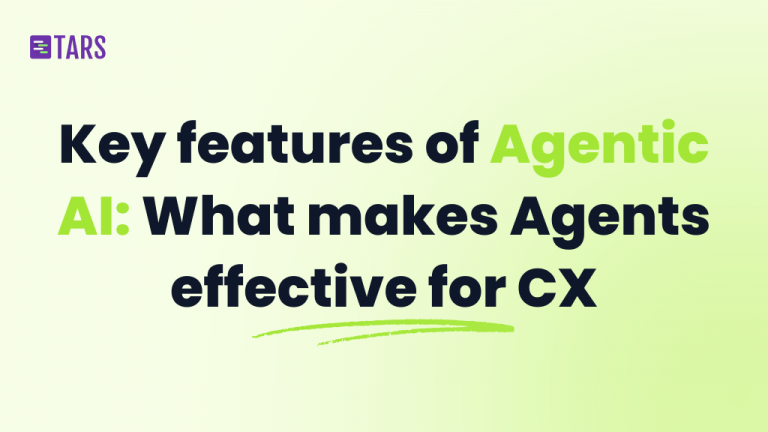
Key features of Agentic AI: What makes AI Agents effective for customer experience
Agentic AI is changing how businesses handle customer interactions. Instead of basic chatbots that follow scripts, AI Agents can think independently, make decisions, and solve problems from start to finish. If you’re researching AI solutions for customer support or lead generation, understanding what makes agentic AI different will help you choose the right platform. This […]
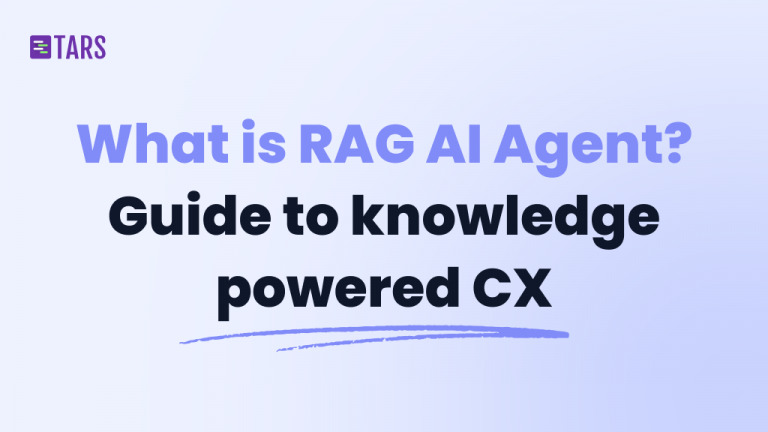
What is a RAG AI Agent? The complete guide to knowledge-powered customer experience
Imagine calling customer support and getting connected to an agent who has instant access to every product manual, policy document, and support article your company has ever published, and can understand exactly what you need in seconds. That’s not a fantasy about hiring thousands of expert agents. It’s the reality of RAG AI Agents. If […]
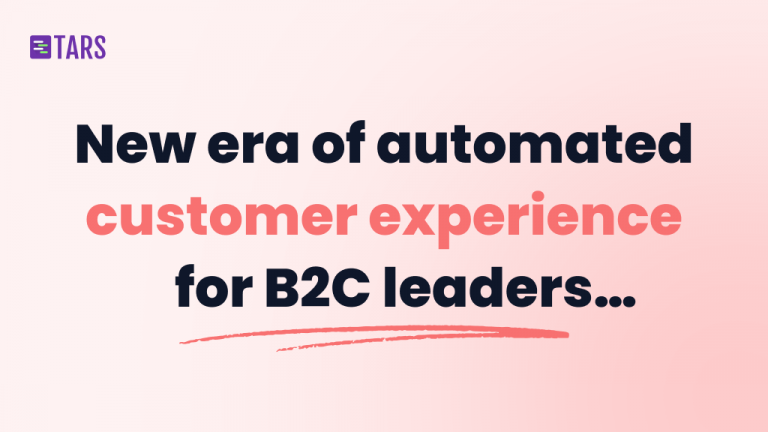
The new era of automated customer experience: Why enterprise B2C leaders are rethinking everything
When your customer base numbers in the hundreds of thousands or millions, customer experience stops being a department and becomes an existential challenge. Banks field thousands of balance inquiries daily. Insurance companies navigate complex claims processes across multiple touchpoints. Government agencies serve diverse populations with varying needs and literacy levels. The common thread? They’re all […]
Featured stories
Blog archives
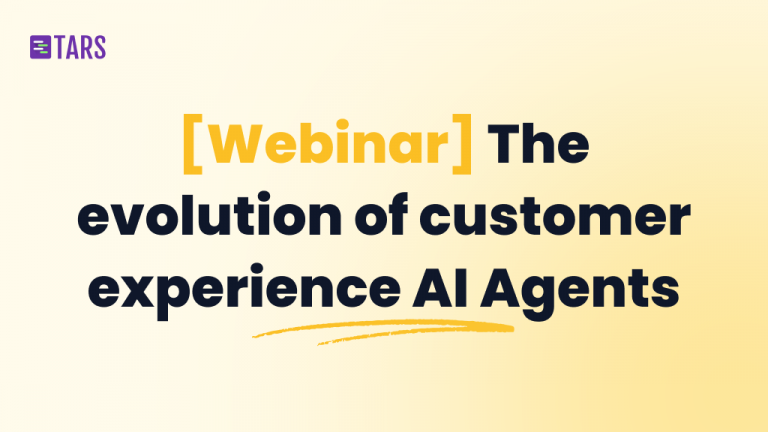
[Webinar] The evolution of customer experience AI: From rigid chatbots to intelligent AI
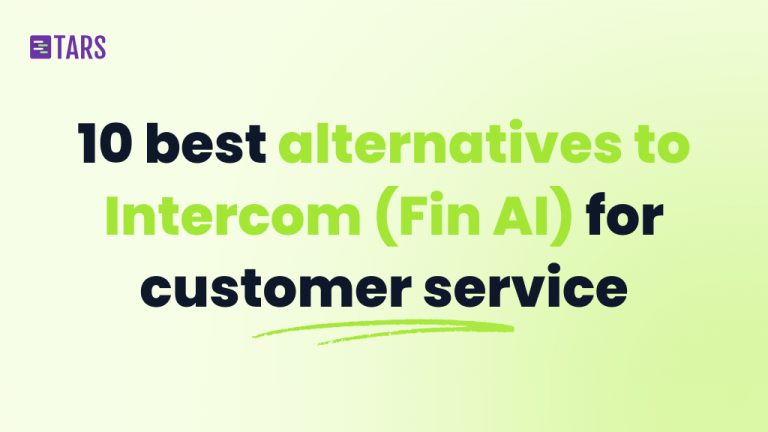
10 best alternatives to Intercom (Fin AI) for AI-powered customer service [2025]
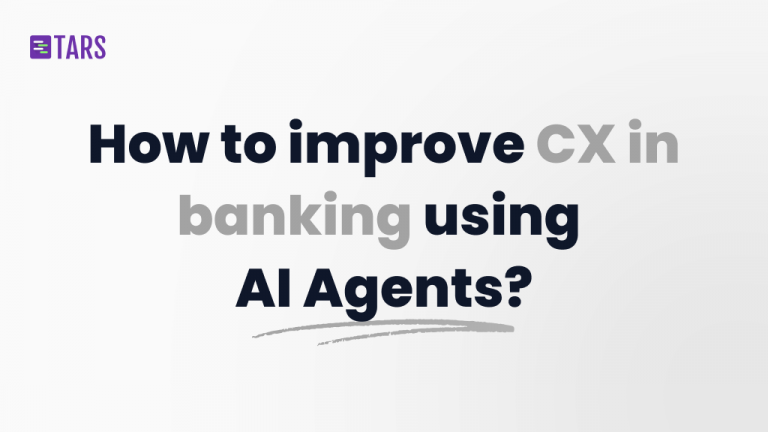
How to improve customer experience in banking using AI Agents?
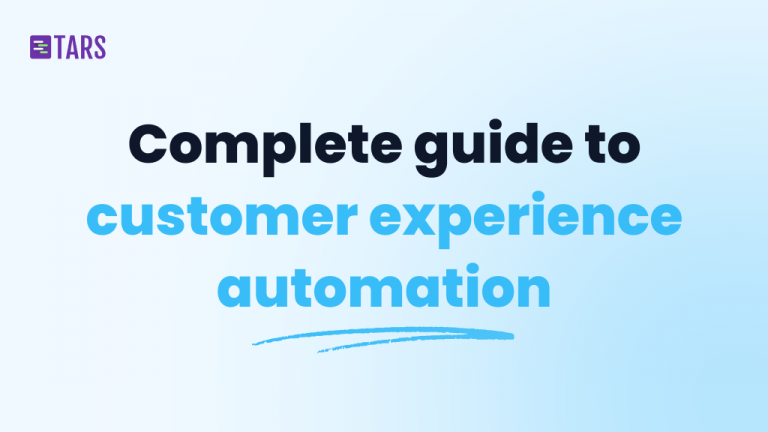
Customer experience automation: The complete guide to CXA in 2025

How to measure customer experience: The complete guide for AI-powered support and growth

Key features of Agentic AI: What makes AI Agents effective for customer experience

What is a RAG AI Agent? The complete guide to knowledge-powered customer experience

The new era of automated customer experience: Why enterprise B2C leaders are rethinking everything
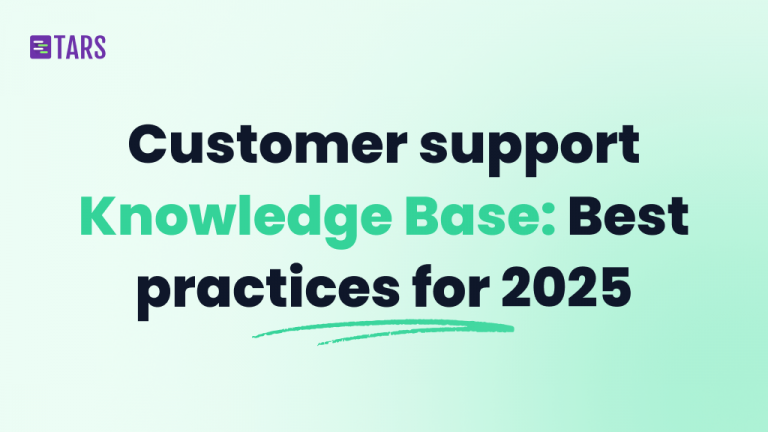
Customer support Knowledge Base: Best practices for 2025
Video blogs
See more videos on our YouTube channel
Our journey in a few numbers
With Tars you can build Conversational AI Agents that truly understand your needs and create intelligent conversations.
years in the conversational AI space
global brands have worked with us
customer conversations automated
countries with deployed AI Agents






